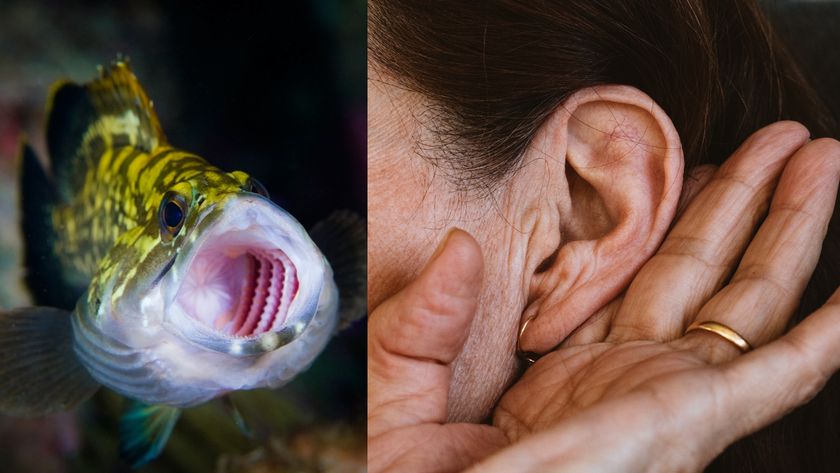Seafloor Diversity Points to Origin of Life

Much of the seafloor long thought to be barren is instead teeming with microbes, researchers said today.
Scientists now have found "thousands of times more bacteria on the seafloor than in the water above," according to a statement. The findings were made at two sites, suggesting that rich microbial life extends across the ocean floor, said University of Southern California geomicrobiologist Katrina J. Edwards.
These results, along with a separate discovery announced last week of life a mile below the seafloor, have scientists wondering if life on Earth began along shorelines or perhaps originated in the planet's marine belly.
They plan to dig deeper into the question soon.
Surprising diversity
Using genetic analysis, Edwards and colleagues found higher microbial diversity on common, basalt rocks compared with other marine locations, such as those found at hydrothermal vents. The diversity on the seafloor rocks was as rich as that in common farm soil.
"We now know that there are many more such microbes than anyone had guessed," said David L. Garrison, director of the National Science Foundation’s biological oceanography program.
Sign up for the Live Science daily newsletter now
Get the world’s most fascinating discoveries delivered straight to your inbox.
The findings are detailed in the May 29 issue of the journal Nature.
The big question now is where all these newfound bacteria get the energy they need to survive.
"We scratched our heads about what was supporting this high level of growth when the organic carbon content is pretty darn low," Edwards said. Perhaps, the researchers figured, chemical reactions with the rocks themselves might offer fuel for life. Lab tests confirmed the idea.
Evolving ideas
The research supports the idea that some bacteria survive on energy from the crust, a process that could affect knowledge about the deep-sea carbon cycle and even the evolution of early life.
For example, many scientists think shallow water, not deep water, cradled the planet’s first life. They reason that the dark carbon-poor depths appear to offer little energy, and rich environments like hydrothermal vents are relatively sparse. But the newfound abundance of seafloor microbes makes it theoretically possible that early life thrived—and maybe even began—on the seafloor.
"Some might even favor the deep ocean for the emergence of life since it was a bastion of stability compared with the surface, which was constantly being blasted by comets and other objects," Edwards said.
Much more research needs to be done, however. Edwards and more than 30 colleagues plan to take a microbial lab to the seafloor 15,000 feet (4.5 kilometers) below the surface, to study the bacteria further. They'll drill down through 109 yards (100 meters) of sediments and 547 yards (500 meters) of bedrock to study how the bacteria alter rock and to measure biodiversity below the seafloor.
This work should shed light on whether the bacteria evolved from ancestors that floated down from above or from some as yet unknown source deep in the crust.
The research was funded by the NSF, NASA Astrobiology Institute and Western Washington University.
- Greatest Mysteries: How Did Life Arise on Earth?
- The Invisible World: All About Microbes
- 101 Amazing Earth Facts












